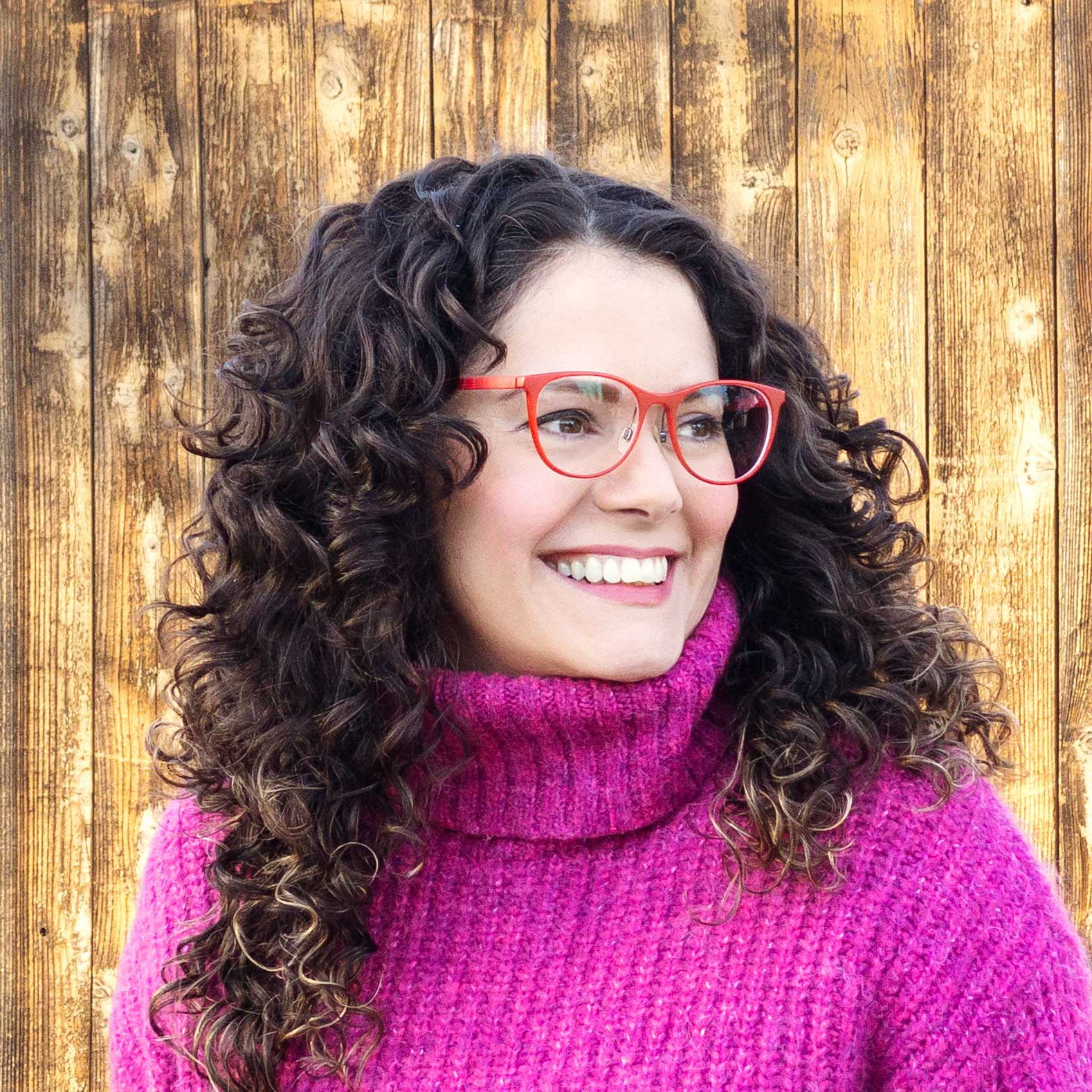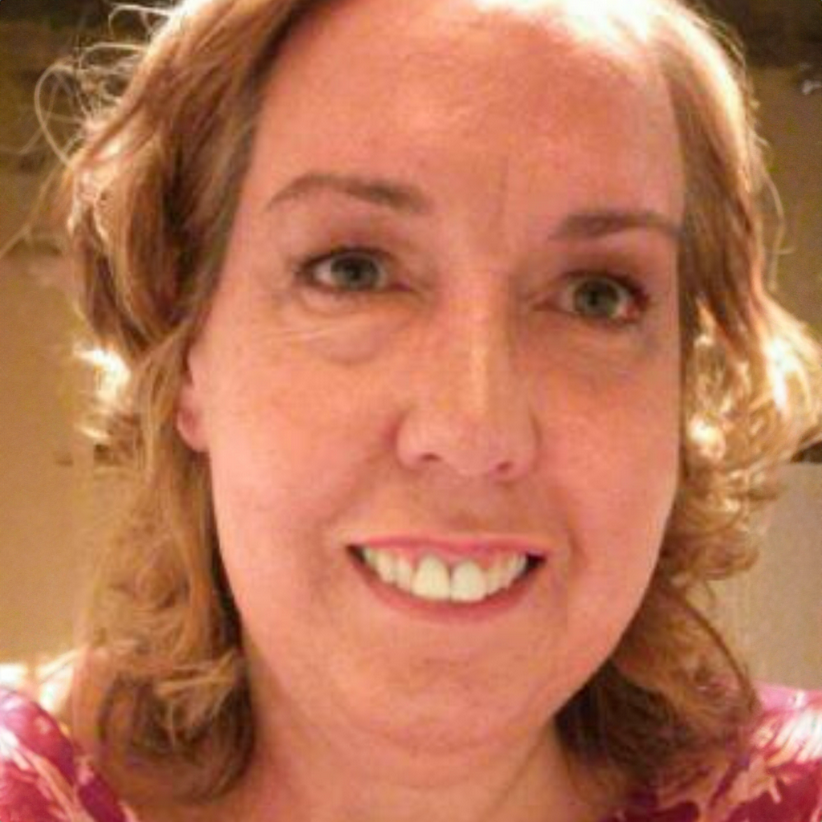The Art of Endurance: A Zapotec Artist Honors Farmworker Life
Artist Narsiso Martínez in his Los Angeles studio on May 23, 2025. Photo by Julie Leopo-Bermudez for palabra
The art of Narsiso Martínez travels from fields to galleries to see the hands that feed us.
The striking work of artist Narsiso Martínez is a tribute to farmworkers. Through portraits, installations, and expansive murals, he captures not just their labor but also their presence, resilience, and humanity. What makes his work even more poignant is his choice of canvas: the discarded cardboard boxes once used to deliver produce to consumers.
Some of his pieces are part of major collections, including the Amon Carter Museum of American Art, the Hammer Museum, and the Jordan Schnitzer Museum of Art at the University of Oregon. For this proud Zapotec artist, art serves as a powerful tool to amplify the stories that often go unseen and to speak out for the causes that matter most to him.
During an art history class at Los Angeles City College (LACC), Martínez discovered the works of Vincent Van Gogh and Jean-François Millet. Their depictions of rural life and field workers struck a powerful chord, bringing back memories of his hometown, Santa Cruz Papalutla in Oaxaca, Mexico. The connection was personal and immediate — those images reflected a life he knew well.
“I saw myself reflected in those paintings. In the paintings, I saw my grandparents, my uncles, and my aunts. And I said, ‘I want to paint like this man, and go to my town and paint my neighbors and my grandparents,” he said.
Artwork depicting field workers hangs in Narsiso Martínez’s Los Angeles studio. Photo by Julie Leopo-Bermudez for palabra
Martínez grew up surrounded by music, labor, and sacrifice. His father, once a musician traveling from village to village, split his time between performing and working in the fields. His mother, meanwhile, worked tirelessly alongside other women, washing clothes and cooking for families with more means in neighboring towns.
As a boy, he was no stranger to work. By the time he was 12, he was tending animals and toiling in the fields. “As a kid, I didn’t like to go to the fields. It was always a struggle, always being scolded to go.” Drawing became a refuge for him, “[it] kept me alive inside,” he said.
After migrating to the U.S. at the age of 19, he discovered that art could be more than a personal refuge.
“When I came here, my goal was to learn English, because I never imagined that I would be able to go to school and make a career,” he expressed. In Mexico, the classroom had often been a place of frustration, frequently resulting in failing classes.
His journey started with English classes. Gradually, he made progress towards earning his GED. It was a humbling process, starting from scratch, learning division with pebbles, memorizing multiplication tables, and taking notes in chemistry classes. “I realized I wasn’t as bad at studying as I thought. I realized that I could learn,” he shared.
Narsiso Martínez with some works in progress in the corner of his studio. Photo by Julie Leopo-Bermudez for palabra
By the time he was 29, he had completed his GED, but the expectations from his family were shifting. The pressure to settle down and start a family weighed heavily on him. “In my culture, if you reach 21 and you're still single, you're in trouble,” he said. Still, he held firm to a different vision for his life. “In my head, I said, ‘No, I want a career.’” That determination fueled his next steps, ultimately leading to Los Angeles Community College, where he earned his Associate of Arts degree.
But his passion for learning continued to burn, and later he transferred to California State University, Long Beach, to pursue a Bachelor of Fine Arts. However, after his first semester, the reality hit — he couldn’t afford the tuition. That’s when his brothers, who worked as farmworkers in Mattawa, Washington, stepped in. They encouraged him to join them in the fields, offering a place to stay and meals so he could save every dollar for his education.
Martínez worked in the fields for the next three summers, an experience that exposed him to the harsh realities of farm labor in the United States. His first job was harvesting asparagus, a task that involved starting at midnight, cutting the stalks under the glow of headlamps, as the heat could affect the crop’s quality.
He recalls workers being paid just a few cents per pound, not provided with restrooms, and forced to meet impossible quotas. They ate lunch sitting in the dirt, their hands stained with pesticide residue, too afraid to wash for fear of losing precious minutes — and pay.
Produce packaging used by Narsiso Martinez as inspiration and as part of his latest work. Photo by Julie Leopo-Bermudez for palabra
“Accidents went unreported,” he explained, as many feared losing their jobs. “I got hurt and was in pain for about a year, I think. I never reported it for the same reason: I needed money for my tuition. If I reported it, they would kick me out.”
These conditions left a mark on his art. In his early work, he painted agricultural landscapes where farmworkers appeared almost in passing. But while pursuing his Master of Fine Arts at California State University, Long Beach, he came to a turning point — realizing the workers themselves, not the fields, were the story he wanted to tell.
“When I was in the fields, I witnessed injustices, and I could not defend my coworkers. Discussing this issue at the university was, for me, like taking action, as I couldn't do anything at the time; my conscience was burdened,” he explained. “When I talked about it with my classmates and with the teachers, [at that moment], someone else knew, and the more people who knew, the more something could be done. That was my idea.”
It is a path that he has continued to explore to this day.
Narsiso Martínez’s latest piece honors his farmworker roots. Photo by Julie Leopo-Bermudez for palabra
Narsiso Martínez begins a new piece in his Los Angeles studio. Photo by Julie Leopo-Bermudez for palabra
When facing a blank canvas, Martínez turns to the photographs he took while working in the fields. But it’s more than just looking — he invites the memories in, allowing the stories, the laughter, and the inside jokes to flood the room, playing the music the person loves to recreate their presence. In those moments, he’s not alone; the people in his art are with him, shaping every brushstroke.
“Indigenous people are always present in my work. Because I feel that as a group, they have been discriminated against since colonization, and we have always been struggling to stand out,” he said. “When I am invited to do an exhibition, I feel that this group is represented. In the art, but also as an artist, in the person who created the art.”
He does not consider himself an activist in the traditional sense. Still, through his art, he finds the courage to speak about injustices, about the humanity of those often reduced to labor statistics.
Martinez dreams of traveling beyond U.S. borders to document farmworkers in sectors like coffee or cocoa. His art is both a tribute and a reckoning, a way to keep the dialogue alive about labor, migration, and dignity, especially in the current political climate.
Narsiso Martínez surrounded by his artwork and farmworker-related items in his Los Angeles studio. Photo by Julie Leopo-Bermudez for palabra
—
Support the voices of independent journalists.
|
Roxsy Lin is a bilingual journalist and illustrator from Venezuela. Her work explores the vibrant rhythms of Latinidad, with a focus on arts, culture, and communities, amplifying the diverse voices shaping the modern Latinx landscape. @roxsy_lin
Julie Leopo-Bermudez is a California-based award-winning photojournalist who explores culture, politics, identity, and social issues and has a passion for amplifying the stories of bicultural and bilingual communities through her photography. In 2021, Latino Journalists of California, CCNMA named Julie one of “California’s Most Influential Latina Journalists,” and in 2022 she was a runner-up for the prestigious Ruben Salazar Journalism Award for her reporting on the Oxnard beach community. @julieleopo
Patricia Guadalupe, raised in Puerto Rico, is a bilingual multimedia journalist based in Washington, D.C., and is the interim managing editor of palabra. She has been covering the capital for both English- and Spanish-language media outlets since the mid-1990s and previously worked as a reporter in New York City. She’s been an editor at Hispanic Link News Service, a reporter at WTOP Radio (CBS Washington affiliate), a contributing reporter for CBS Radio network, and has written for NBC News.com and Latino Magazine, among others. She is a graduate of Michigan State University and has a Master’s degree from the Graduate School of Political Management at George Washington University. She is the former president of the Washington, D.C., chapter of NAHJ and is an adjunct professor at American University in the nation’s capital and the Washington semester program of Florida International University. @PatriciagDC













